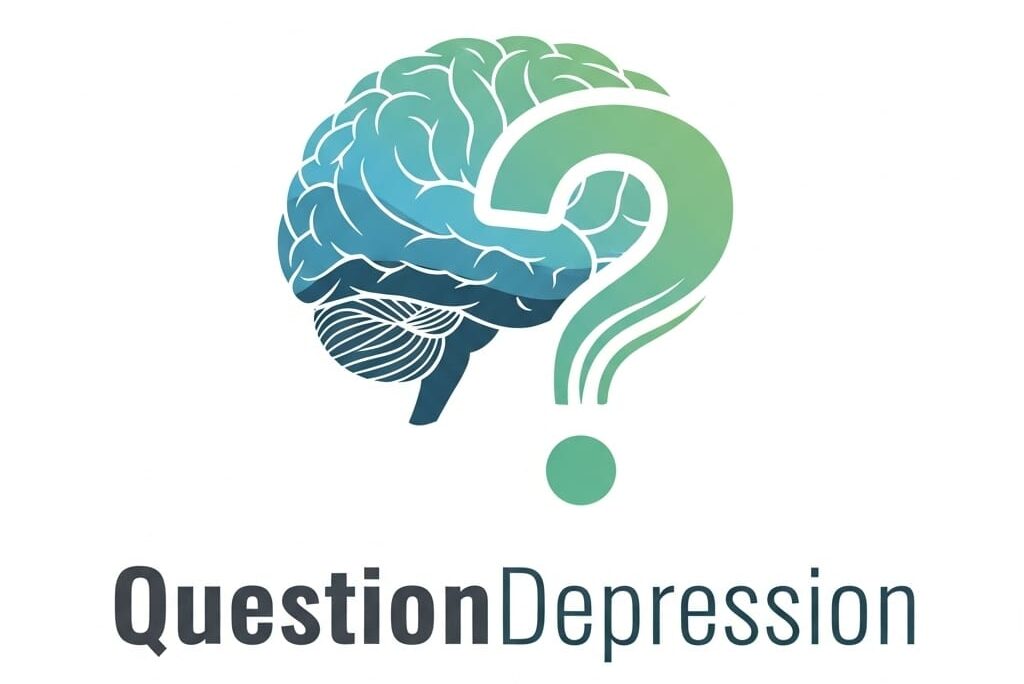Dialectical behavior therapy works by teaching people skills to manage extreme emotions, tolerate trouble, navigate relationships better, and become more mindful, all while balancing acceptance and change.
- Structure of DBT
DBT typically includes four parts:
-
- Individual therapy

- Individual therapy
Weekly one-on-one sessions focus on solving problems and applying DBT skills to real-life issues, such as self-harm, suicidal thoughts, or dangerous behaviors.
-
- Group skills training
Clients attend weekly groups (like a class) to learn and practice the four core DBT skill sets:
-
-
- Mindfulness.
- Emotion regulation.
- Distress tolerance.
- Interpersonal effectiveness.
-
-
- Phone coaching
Clients can reach out to their therapist between sessions (within set boundaries) to get assistance using skills in real-time when a crisis happens.
-
- Therapist consultation team
Counselors meet weekly with other DBT providers to support each other and stay on track, because DBT is intensive and emotionally heavy work.
- Core concepts that make DBT work
-
- Dialectics
The central idea is that two seemingly opposite things can both be true at the same time:
➔ “I am doing the best I can,” AND “I need to try harder.”
DBT aids in stopping seeing everything in black-and-white (all good/all bad) and finding the middle ground, a crucial step for emotional healing.
-
- Validation

- Validation
Psychotherapists validate that a client’s feelings make sense given their personal experiences.
Confirmation diminishes shame and defensiveness, making clients more open to changing harmful behaviors.
-
- Behavioral change
DBT uses techniques from behavioral therapy (like reinforcement and exposure) to build healthier behaviors and reduce destructive ones.
Each skill module targets a different area of difficulty:
-
- Mindfulness
Learning to be present, aware of thoughts and feelings without judgment.
Example: Noticing you’re feeling sad without getting swept away into despair.
-
- Distress tolerance

- Distress tolerance
Learning to survive crises without making things worse.
Example: Using cold water splashing, deep breathing, or grounding techniques instead of self-harming.
-
- Emotion regulation
Understanding and managing emotional reactions more effectively.
Example: Recognizing when you’re vulnerable to emotional exhaustion and using skills to balance yourself.
-
- Interpersonal effectiveness
Communicating needs, setting boundaries, and maintaining healthy relationships.
Example: Asking for help without guilt or saying “no” respectfully.
DBT moves through four stages depending on a client’s needs:
-
- Stage 1: Stabilization
Aim to get dangerous behaviors (like self-harm, suicide attempts, substance abuse) under control.
-
- Stage 2: Emotional processing

- Stage 2: Emotional processing
Deal with past trauma, emotional pain, and ongoing emotional suffering.
-
- Stage 3: Building a life worth living
Concentrate on improving relationships, career, self-esteem, and goals.
-
- Stage 4 (optional): Transcendence
For those who want to pursue deeper meaning and spiritual growth after becoming stable.
- Scientific backing
DBT has been shown to radically decrease:
-
- Suicide attempts.
- Self-harming behaviors.
- Depression and anxiety symptoms.
- Hospitalizations.
- Relationship problems.
Meta-analyses confirm that DBT is effective across many populations, not just people with BPD.
Join our forum and Facebook
Please consider joining our forum and Facebook if you enjoyed reading this and would like to chat with like-minded peers about anything depression related.
It would certainly go a long way toward making my dream of creating a thriving, supportive community a reality!

